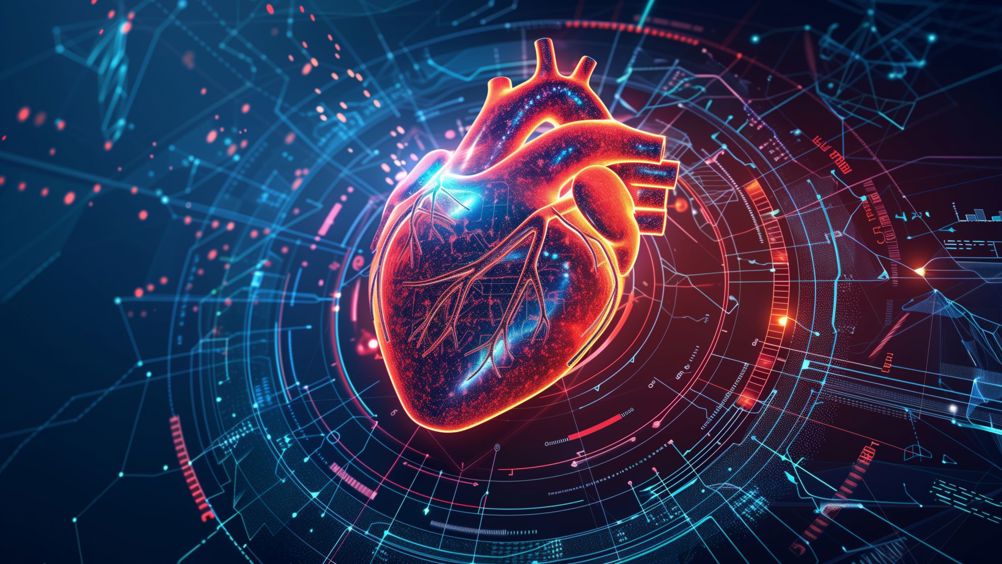‘Radar stethoscope’ could pave way for passive health monitoring
Researchers from Glasgow University have designed and tested a radar system that can accurately measure heart rate with no patient contact, opening up new possibilities for health monitoring.

Described in the IEEE Journal of Biomedical and Health Informatics, the device uses a 24Ghz continuous-wave radar system to bounce electromagnetic waves off the body, which can be fully clothed. Advanced signal processing is then applied to the reflections of these sound waves to provide a precise pulse reading.
In tests on volunteers who were lying down but still in their clothes, the ‘radar stethoscope’ matched electrocardiogram (ECG) readings with 99 per cent accuracy. According to the Glasgow team, the device could play a role in future healthcare systems that can monitor patients around the clock non-invasively.
“In recent years, advances in sensing technologies have opened up promising new methods of tracking patients’ vital signs without physical contact,” said study co-author Professor Qammer H Abbasi, co-head of the Communications, Sensing and Imaging Hub at Glasgow’s James Watt School of Engineering.
“These advances could help provide clinicians with round-the-clock monitoring of their patients without the use of invasive or uncomfortable wearable sensors, and strengthen infection control measures in cases where patients have a communicable illness.
Register now to continue reading
Thanks for visiting The Engineer. You’ve now reached your monthly limit of news stories. Register for free to unlock unlimited access to all of our news coverage, as well as premium content including opinion, in-depth features and special reports.
Benefits of registering
-
In-depth insights and coverage of key emerging trends
-
Unrestricted access to special reports throughout the year
-
Daily technology news delivered straight to your inbox










Water Sector Talent Exodus Could Cripple The Sector
Maybe if things are essential for the running of a country and we want to pay a fair price we should be running these utilities on a not for profit...